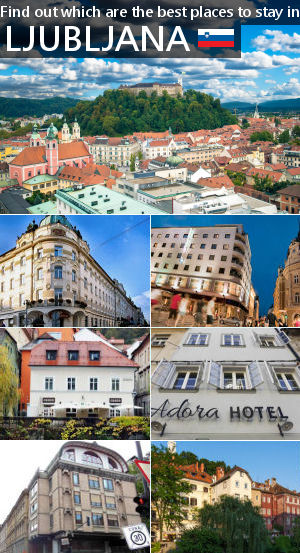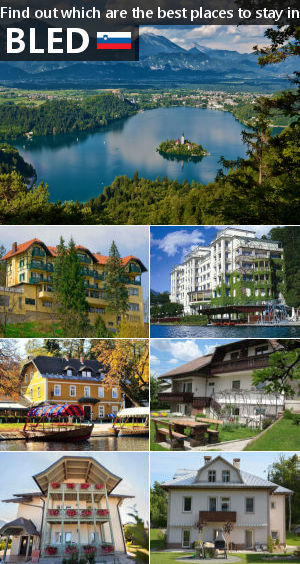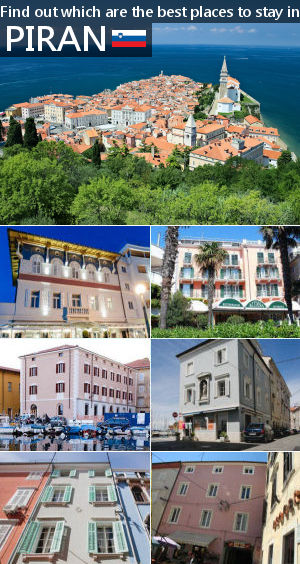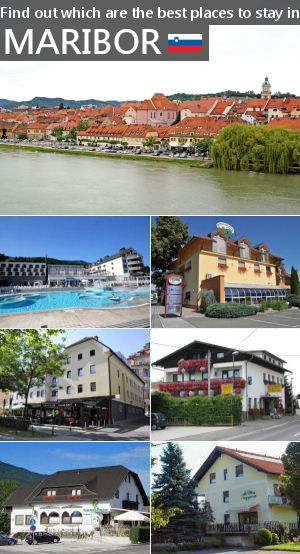About Skofja Loka, Slovenia
Skofja Loka is one of the oldest towns in Slovenia with a population of 11,900. It is a gem of a medieval town with much to see, including the hill-topping castle, historic buildings, decorated churches, beautiful bridges and interesting museums. The town dates from the 10th century and is considered the most carefully preserved medieval town in the country.
Skofja Loka is set at the confluence of the Poljanska Sora and Selska Sora rivers and oozes charm thanks to its lovely medieval core. The town is small, quaint and filled with history. It is easily walkable and overwhelmingly picturesque and should definitely be a stop if you ever make it to Slovenia.
Skofja Loka Photo Gallery
A beautiful picture gallery containing 40 high resolution Skofja Loka photos, taken either by professional photographers or amateur photo enthusiasts!
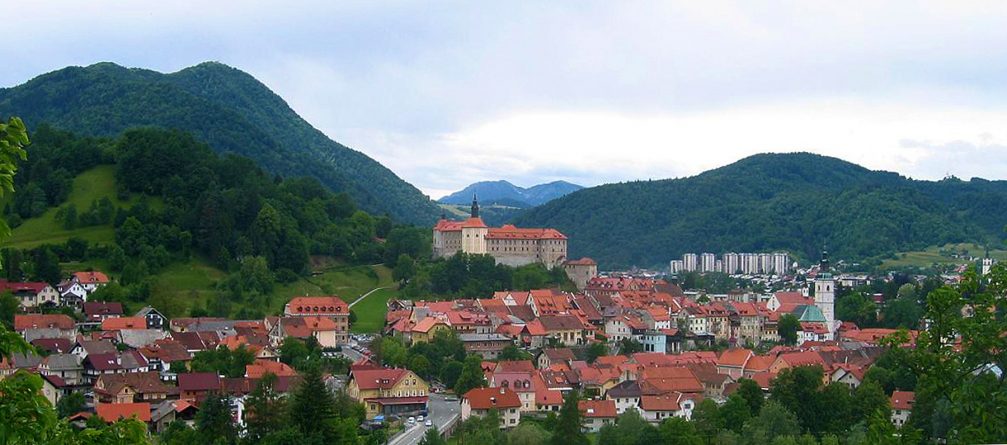
Skofja Loka is a charming medieval town that lies at an elevation of 354 metres (1,161 feet), at the transition of the Soriska Planina Plain into the Skofjelosko Hribovje Hills and the Polhograjsko Hribovje Hills.

Skofja Loka oozes charm thanks to its lovely Old Town along the Selska Sora river. Image by Bernd Thaller / CC BY 2.0
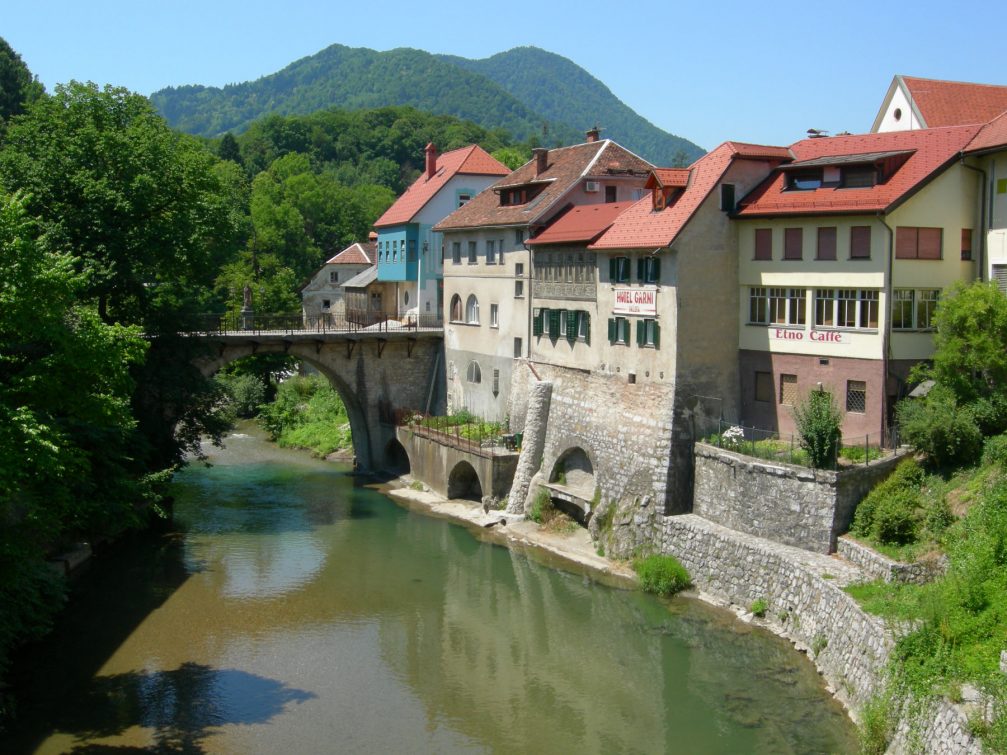
Skofja Loka’s old town stands on river terraces of the Selska Sora river. These houses are protected as historical monuments and are over 300 years old. Image by Pinky sl / CC BY-SA 3.0

The Capuchin Bridge, or Kapucinski Most as it is called in Slovene, across the Selska Sora river in Skofja Loka dates from the 14th century and is the oldest preserved bridge in Slovenia. It was built by the Bishop Leopold, who later perished in an accident with his horse on this exact bridge. The bridge was renovated in 1888 when a statue of Saint Janez Nepomuk, the patron saint of bridges, with the Loka coat of arms on its pedestal was set in the middle of the bridge. Image by Johann Jaritz / CC BY-SA 3.0
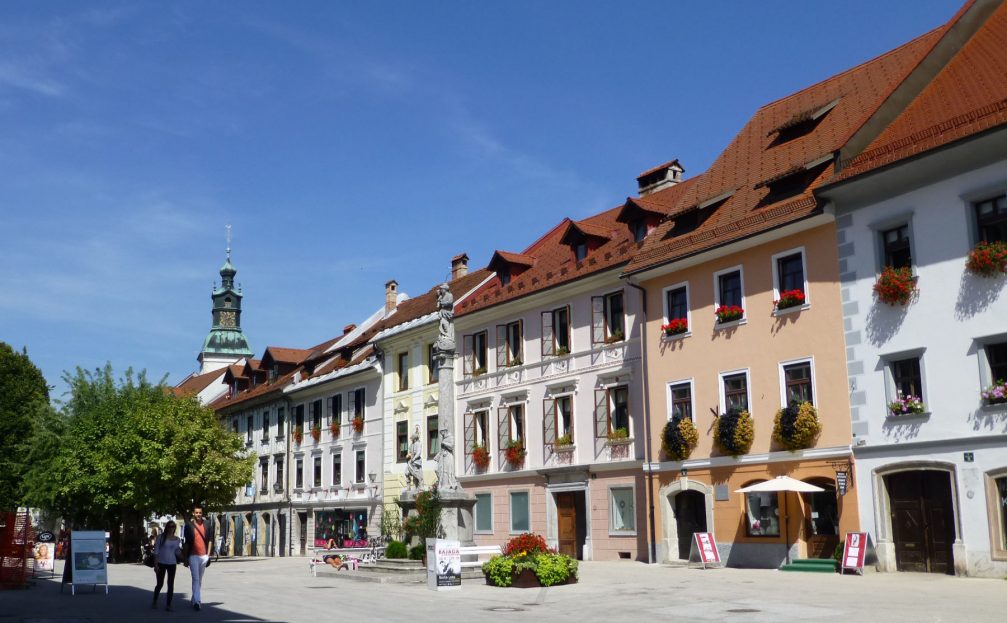
The Town Square, or Mestni Trg or Plac as it is called in Slovene, has always been the centre of social life in Skofja Loka. The square is lined with Gothic and Renaissance, mostly three-storey burgher houses with their stone window-frames and other ornamental work and facades painted in pastel colours. It’s a great place to take photos and get the feel of what Skofja Loka is all about. Image by Jacquesverlaeken / CC BY-SA 4.0
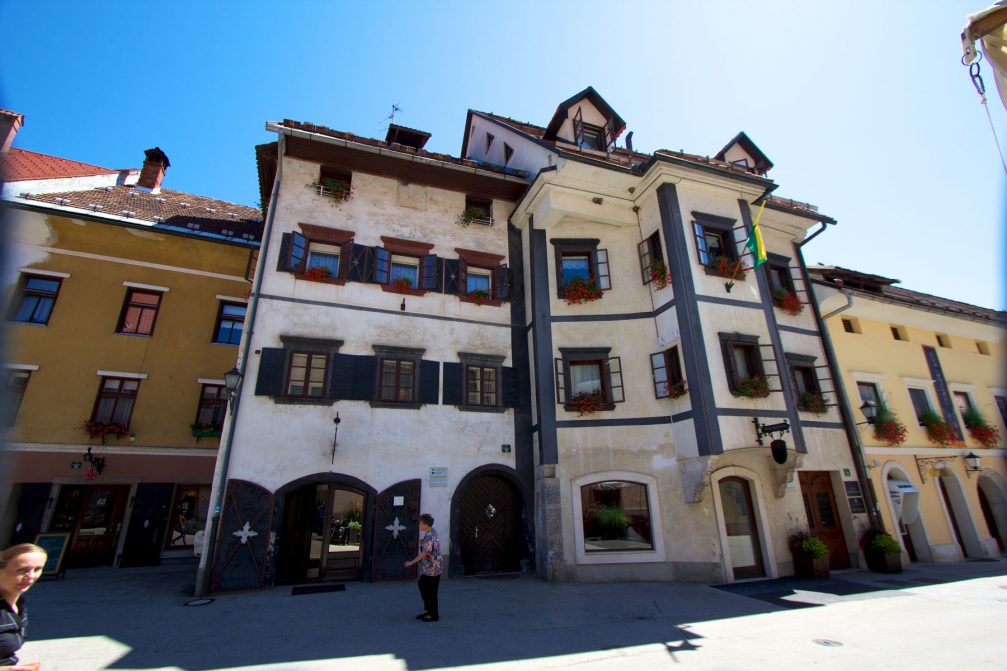
The Martincek and Zigon houses dominate the eastern side of the Town Square. Image by Ramón / CC BY-SA 2.0

The Zigon house, a 16th-century residential and trade house, is particularly worth a glance while strolling down the Town Square. It now serves as the municipal seat. Image by Leon Yaakov / CC BY 2.0
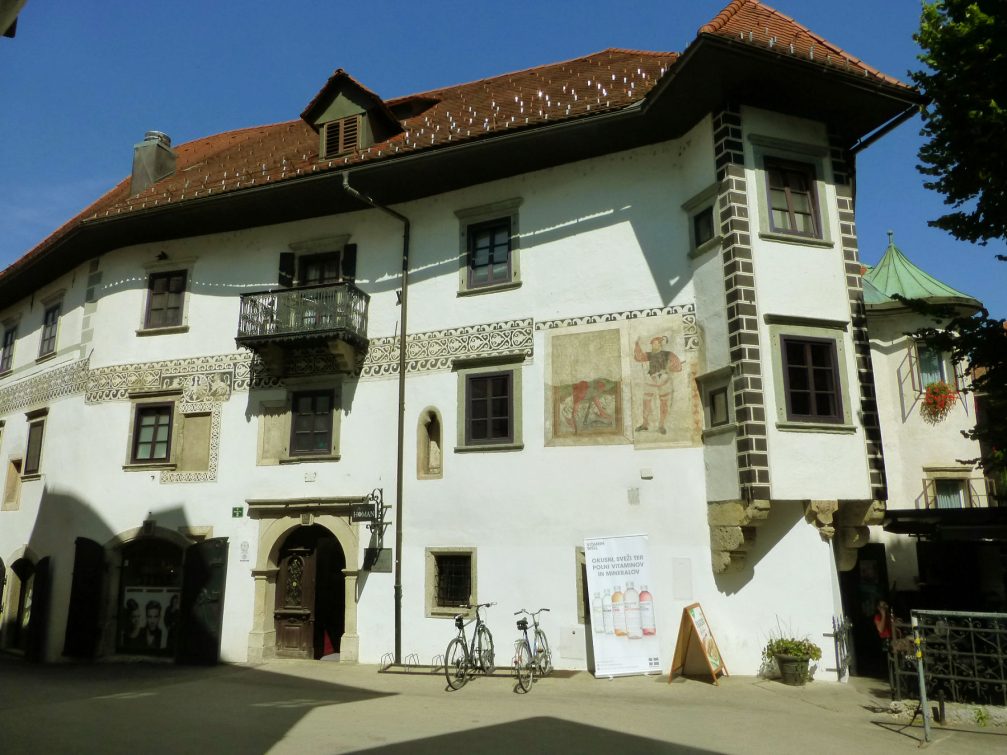
Occupying a prime spot at the north end of the Town Square is the Homan House or Homanova Hisa as it is called in Slovene. Built as a civil manor house, it was restored in 1529 after the dreadful 1511 earthquake, which destroyed much of Skofja Loka. It is an extraordinary amalgam of Gothic and Renaissance styles, featuring a turret-like corner projection and 16-century frescoes of Saint Christopher and the bottom half of a warrior, only discovered in 1970. Image by Jacquesverlaeken / CC BY-SA 4.0
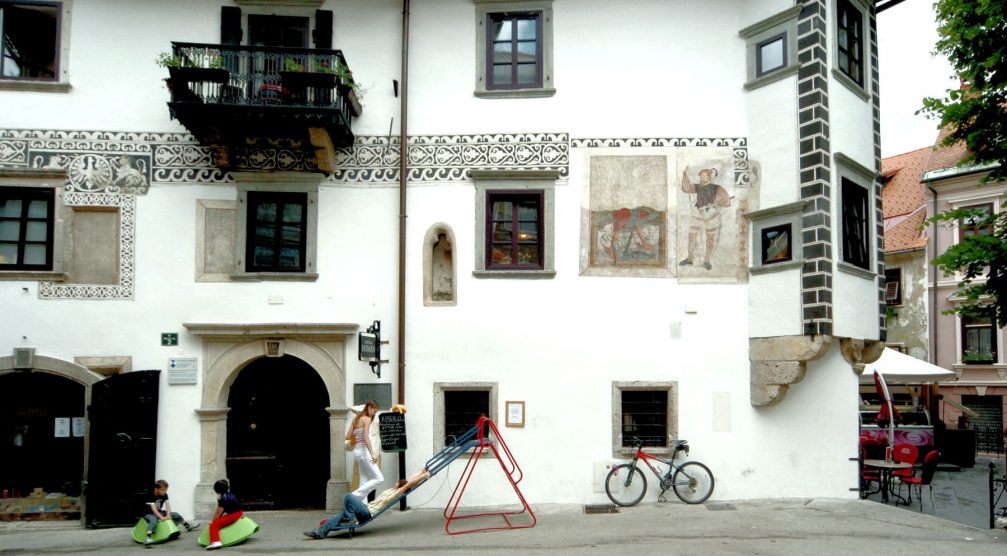
The Homan House now houses a lovely cafe, which is the most popular meeting place in town. Image by Johann Jaritz / CC BY-SA 3.0
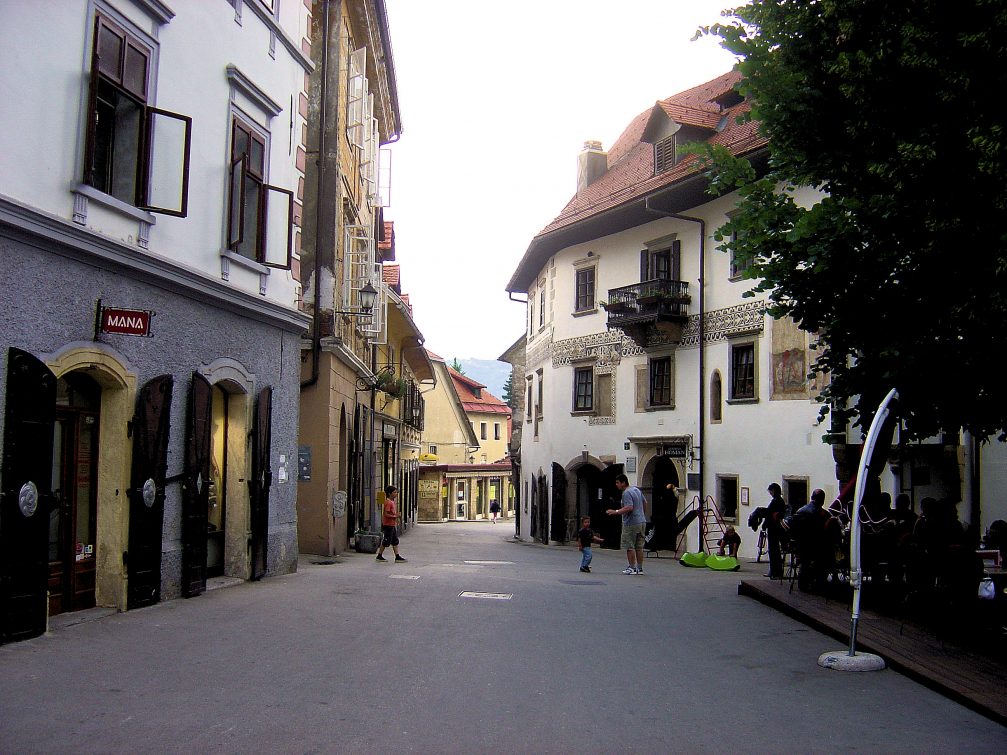
A view towards the northern part of the Town square. On the right-hand side is the Homan House. Image by Husond / CC BY-SA 3.0
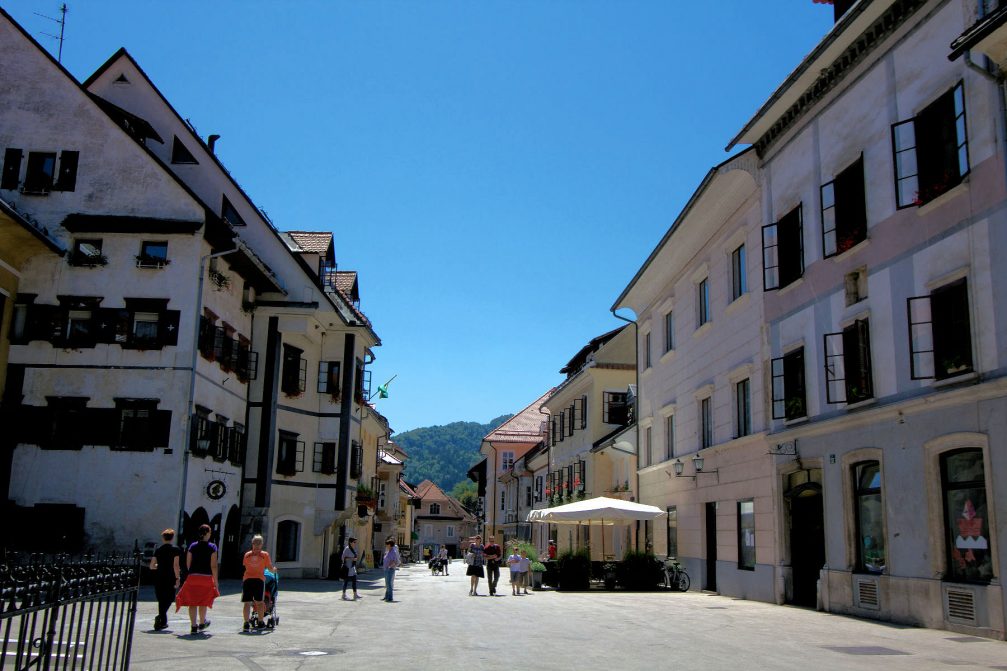
Another picture taken at the Town Square, and shows the view towards the southern part of the square. Image by Ramón / CC BY-SA 2.0
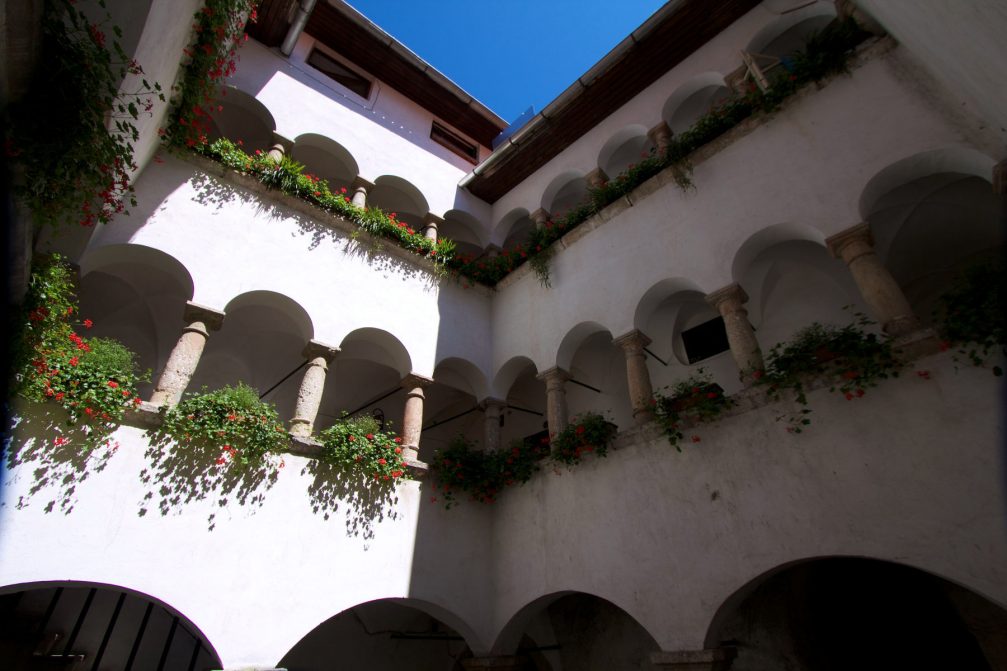
Built in 1515, the former Town Hall is remarkable for its stunning three-storey Renaissance-style arcaded courtyard. Image by Ramón / CC BY-SA 2.0
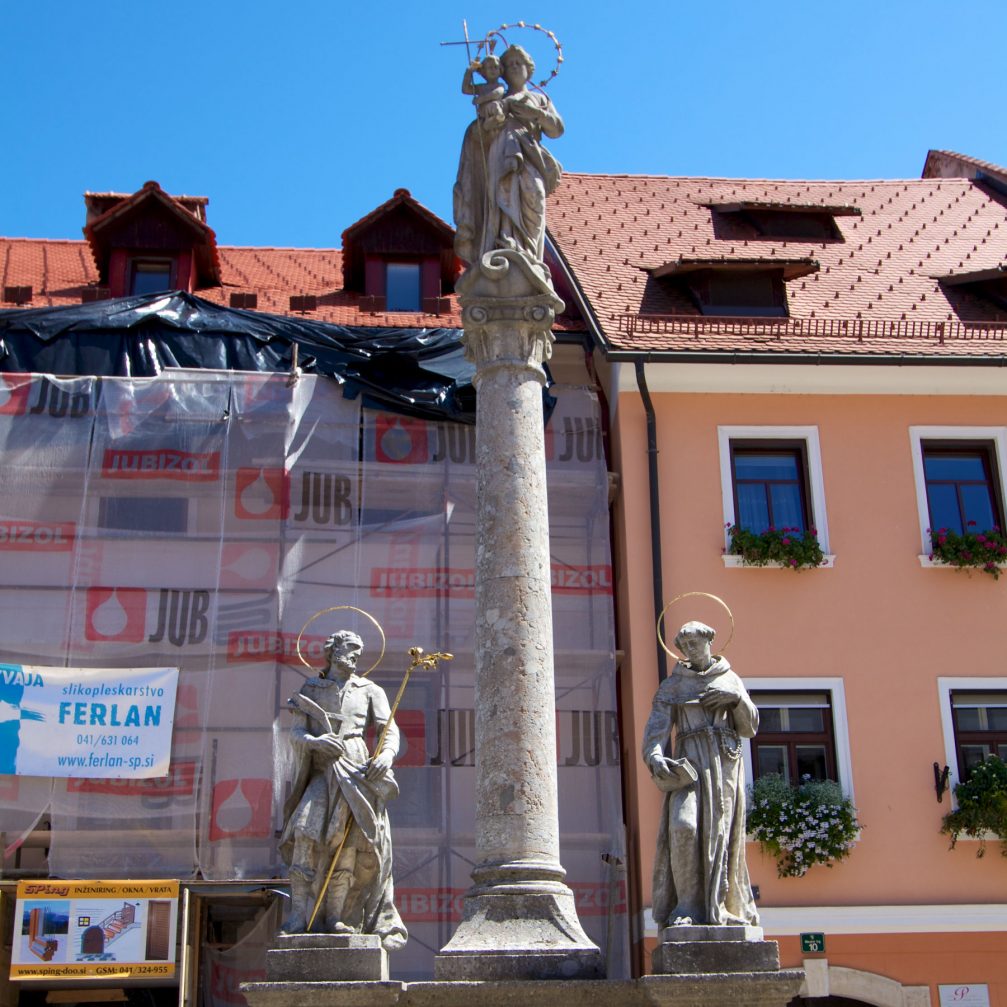
The Plague Pillar, the three columns and altar that face the former Town Hall on the Town square, was erected to give thanks for protecting Skofja Loka from the plague and fire. The statues date to 1751. Image by Ramón / CC BY-SA 2.0
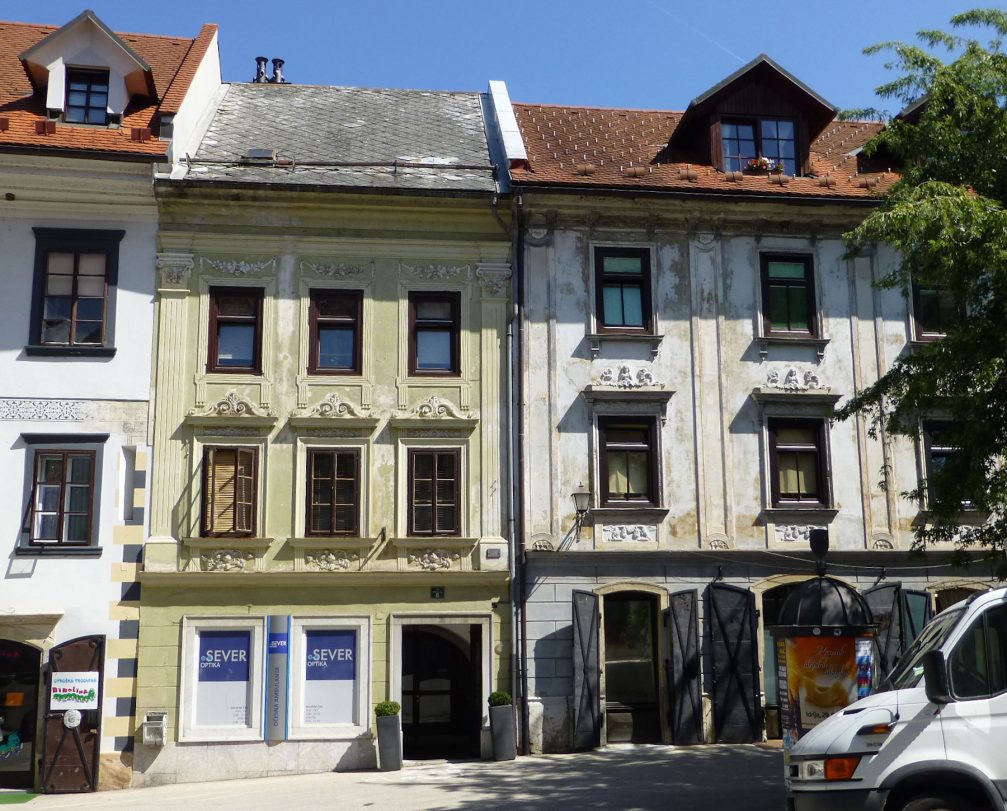
The Kasman house is one of the historic buildings on the Town Square. Image by Jacquesverlaeken / CC BY-SA 4.0

At the southern end of the Town Square stands the Renaissance-style Brlc House.
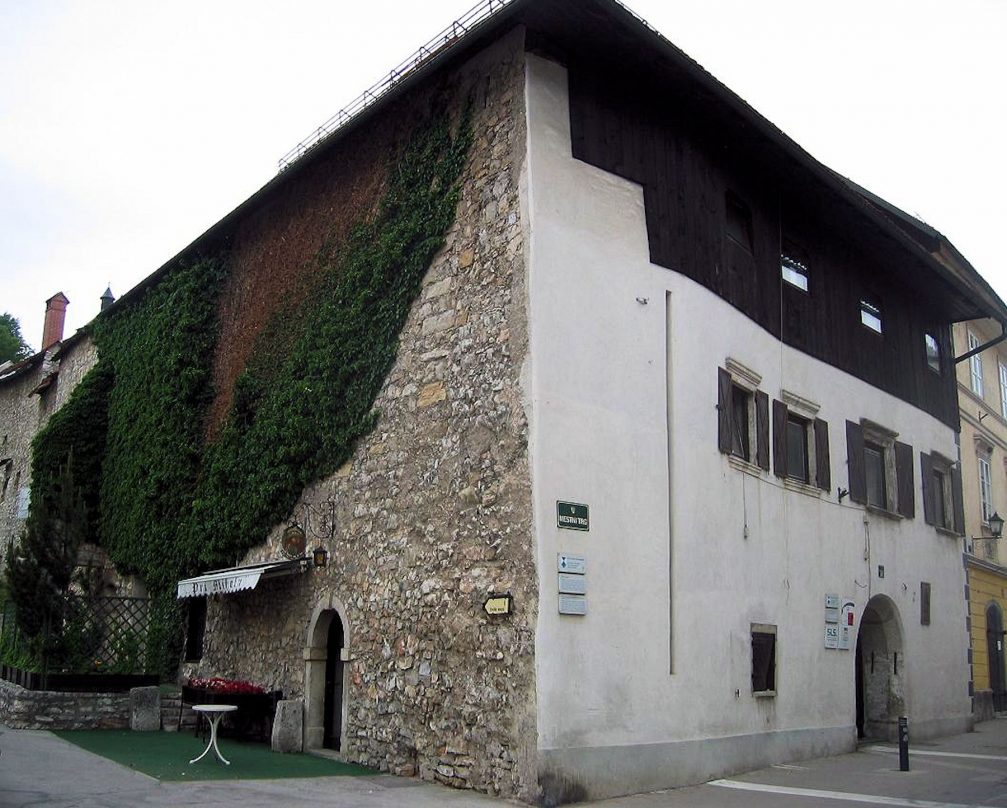
The Martin House stands at the extreme southern end of the Town Square. It is one of the historic houses remaining from the origins of Skofja Loka. It was built as part of the town walls, a length of which still stands. The house is known for its late-Gothic portal, ground floor windows, and vaulted entryway.

A street view at the Cankar Square. Image by Ramón / CC BY-SA 2.0
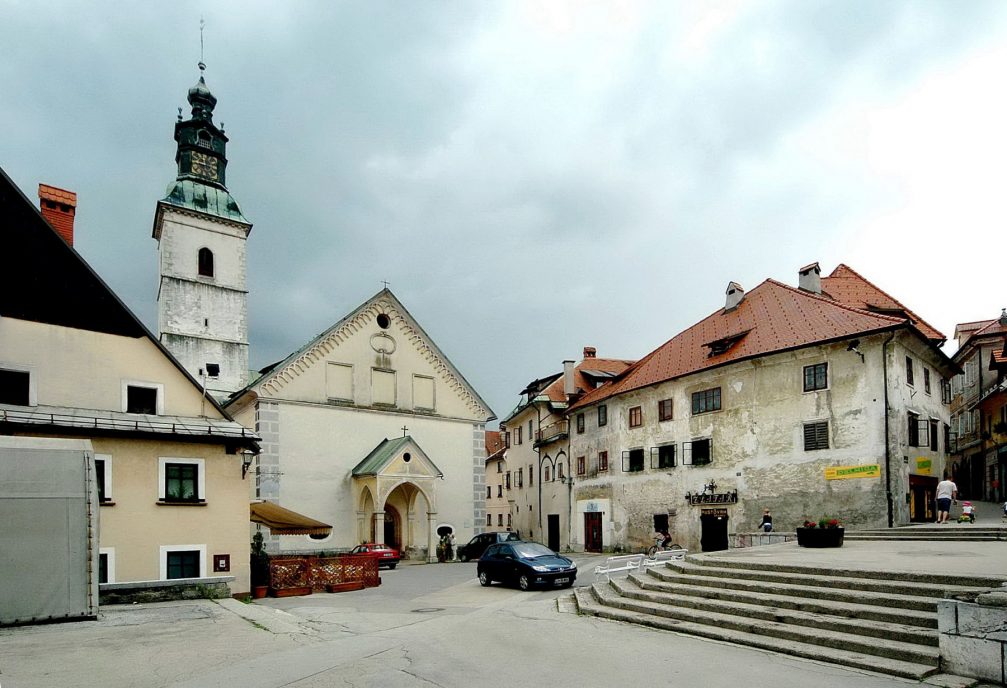
The Cankar Square or Cankarjev Trg as it is called in Slovene is another historic square in Skofja loka. The most important building on the square is the parish church dedicated to St Jacob, most of which dates back from 1471. The church tower, which bears the date 1532, is one of the features that makes the panoramic view of Skofja Loka so distinctive. Image by Johann Jaritz / CC BY-SA 3.0
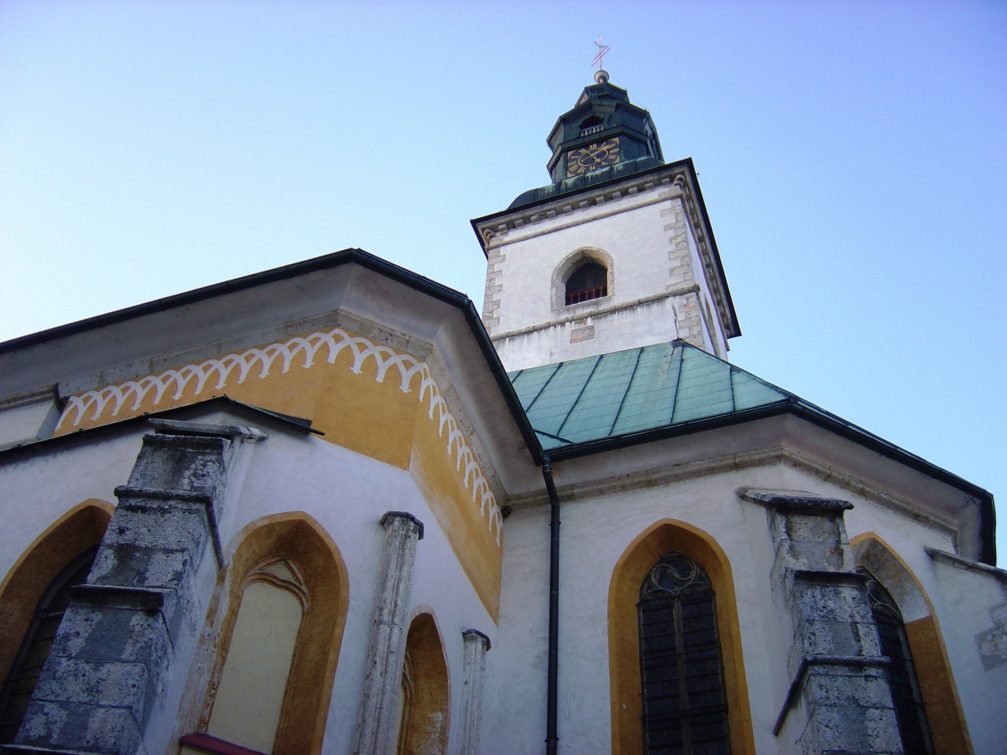
The late-Gothic Parish Church of St Jacob stands on the Cankar Square. It was built in 1471 on the spot of the original church from the 13th century. The interior features an impressive stellar rib-vaulted ceiling embellished with bosses showing portraits of church patrons and the town guilds. Particularly worth seeing inside the church are also black marble Renaissance altars dating from the end of the 17th century, and the chandeliers and baptismal font by the most important Slovene architect (one of world-class magnitude) Joze Plecnik. Image by Husond / GFDL

The fireworks over the parish church of St Jacob. Image by Gregor Novak / CC BY 2.0

Running parallel to the Town Square to the east is the Lower Square, formerly a residential area for the poorer townsfolk, but now a busy, traffic-filled street. Image by Ramón / CC BY-SA 2.0
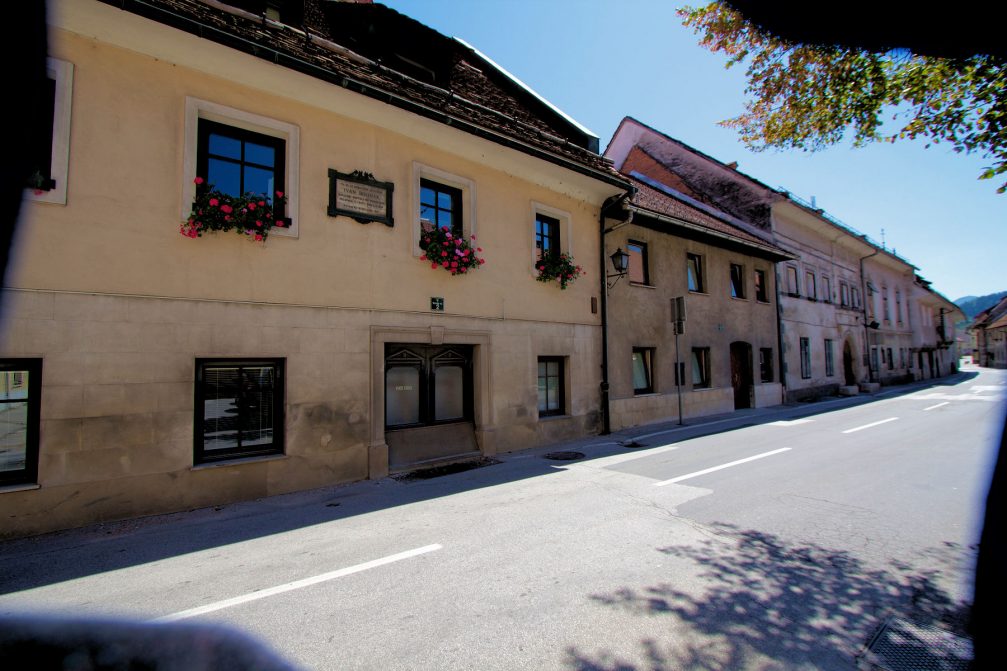
Another photo of the Lower Square with Ivan Dolinar’s birth house. Image by Ramón / CC BY-SA 2.0
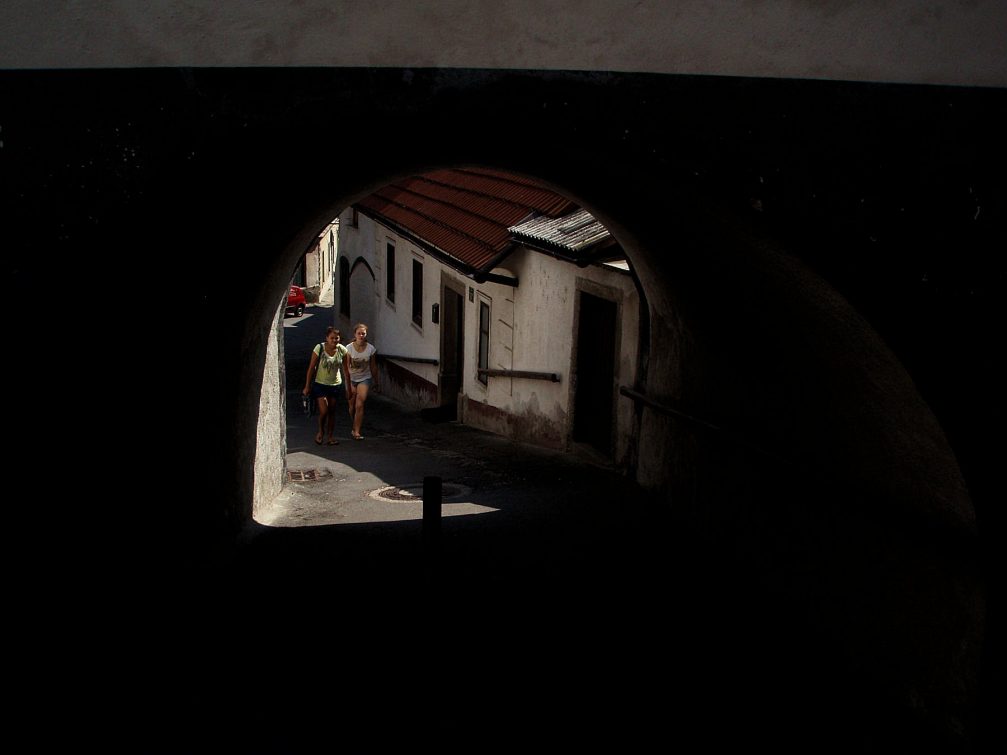
A passage from the Old School towards the Lower Square. Image by Monika / CC BY-SA 2.0
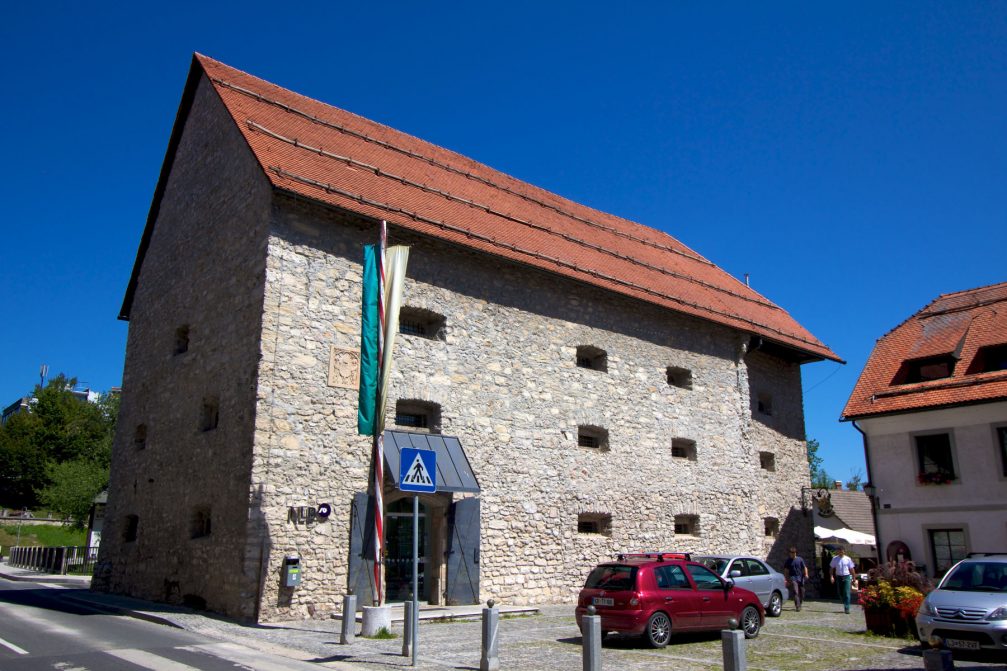
At the extreme northern end of the Lower Square stands the Town Granary. It is a sturdy old building used during the Middle Ages for collecting taxes, which usually took the form of grain or cheese. It is one of the most important historic buildings in the town. Today it houses a superb permanent exhibition of the work of painter France Mihelic, and there is also a great restaurant and wine shop in the basement. Image by Ramón / CC BY-SA 2.0
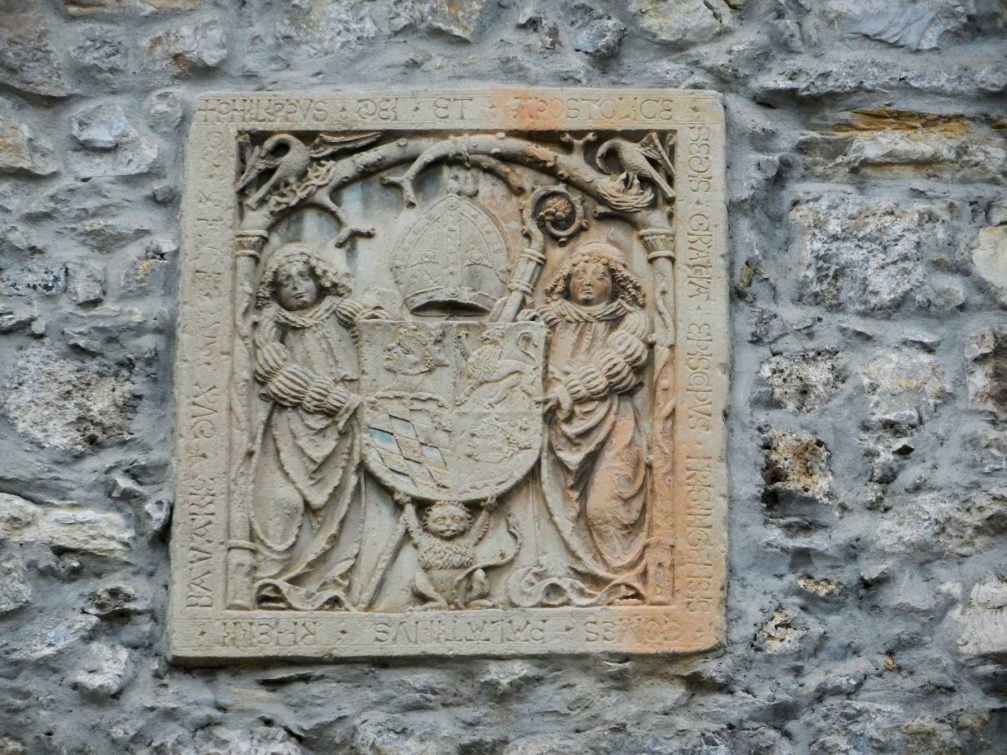
After the earthquake in 1511, the granary was ordered to be completely renewed in 1513 by the bishop Filip, as it could be read on the late-Gothic Renaissance modeled relief plate sealed by the bishop’s seal; it is built-in on the front of the granary. Image by Ljuba brank / CC BY-SA 3.0
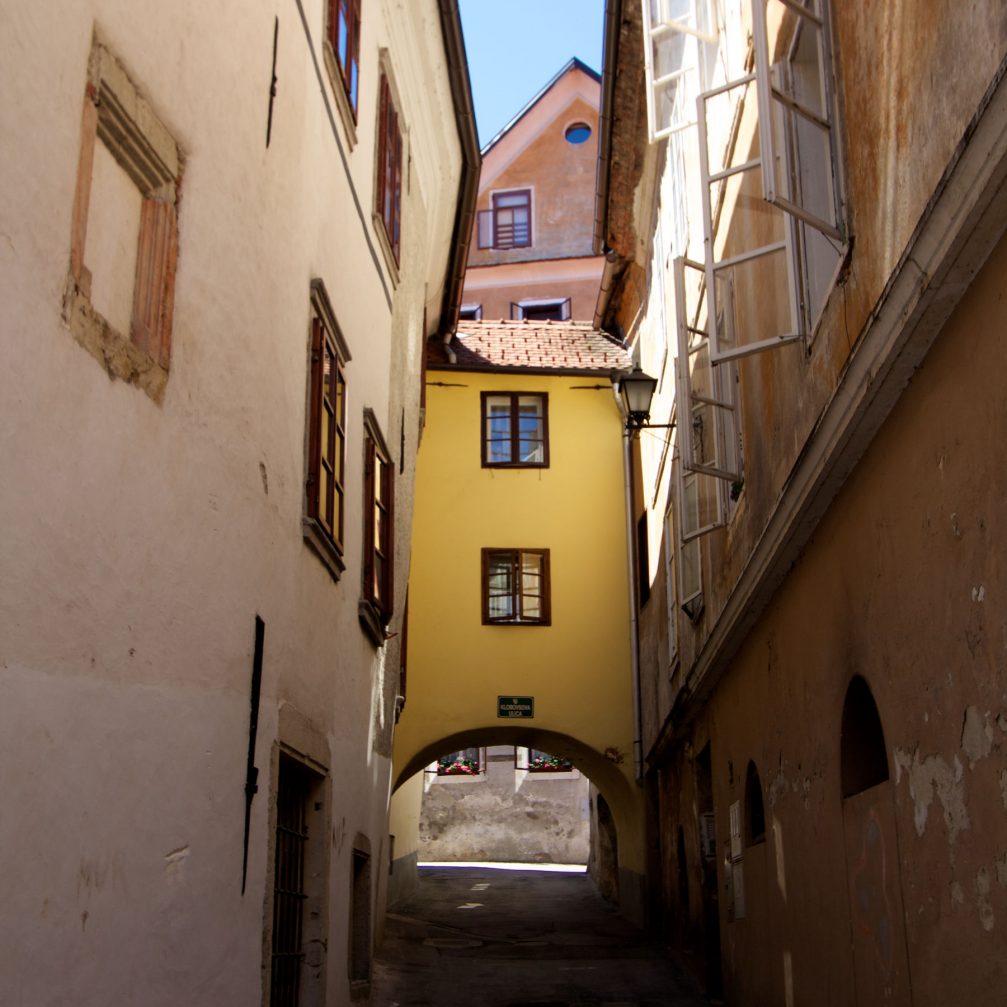
Running parallel to the Town Square to the west is the narrow Klobovsova Ulica street. Image by Ramón / CC BY-SA 2.0
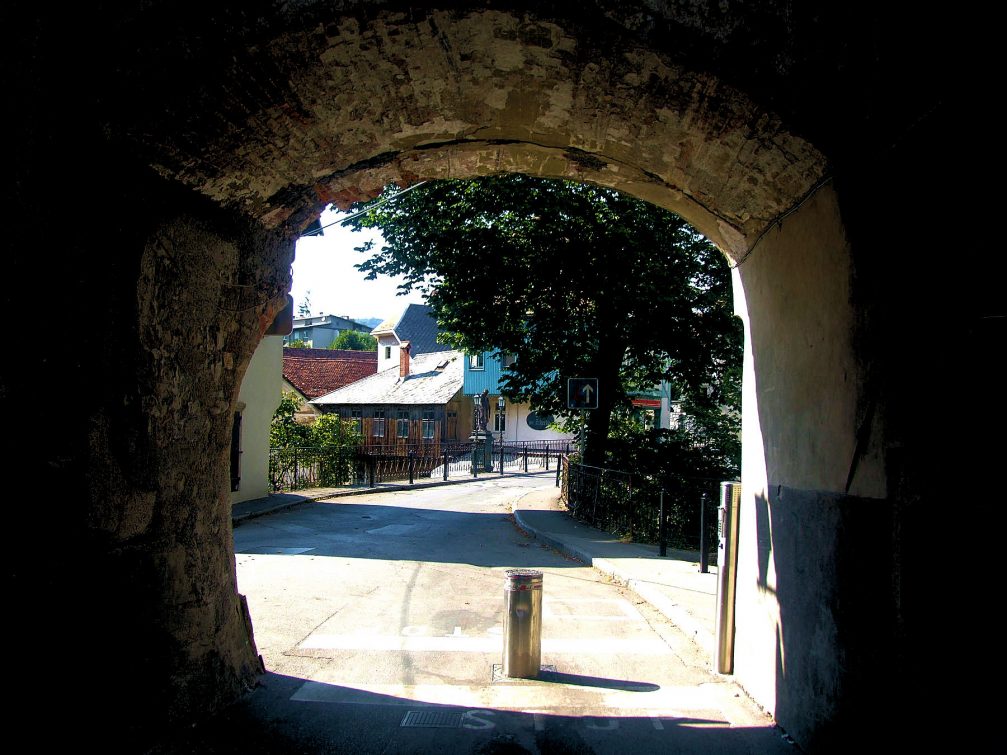
The arched passage, called the Selca Town Gate, that leads to the narrow Blazeva Ulica street. Image by Monika / CC BY-SA 2.0

The Blazeva Ulica street runs parallel to the Selska Sora river. Image by Monika / CC BY-SA 2.0

Tine Debeljak’s birth house is one of the most important historic houses in the Blazeva Ulica street. Image by Ramón / CC BY-SA 2.0

The Church of St. Anne and the adjacent Capuchin monastery stand on the Capuchin square on the left bank of the Selska Sora river. The complex was built in 1709, when the Capuchin library was also founded. The library preserves a precious collection of rare books, manuscripts, and registry data. The most renowned is the manuscript with the Skofja Loka Passion Play.

Every sixth year, a very unusual scene takes place in Skofja Loka. In scenes straight from the Old Testament, figures dressed in Biblical-era clothing lead Jesus Christ down the streets to his cross, where he endures tremendous physical suffering before he is ultimately killed by his tormentors. Performed for the first time in almost 250 years in 1999, the Skofja Loka Passion Play, or Skofjeloski Pasijon as it is called in Slovene, is one of Slovenia’s most extraordinary spectacles.

Written by Friar Romauld Marusic in 1721, the Skofja Loka Passion Play was the first dramatic text in the Slovenian language. It is a surviving example of what was once a widespread form of religious performance art in towns all across Slovenia. In medieval times and beyond, passion plays drew huge crowds with their emotional portrayals of the final days of Jesus Christ. The passion play is now held every sixth year and is considered the largest open-air theater performance in the country. It has also become one of the trademarks of Skofja Loka. Recently, the Slovenian government even nominated the play for protection as part of UNESCO World Heritage List.

The Skofja Loka Passion Play was first staged in 1721 and then again each Easter for the next thirty years. After an almost 250-year break, it was performed again in 1999 and is now held every sixth year.

A view over the Selska Sora river towards the Blazeva Ulica street and the Loka Castle. Image by Ramón / CC BY-SA 2.0
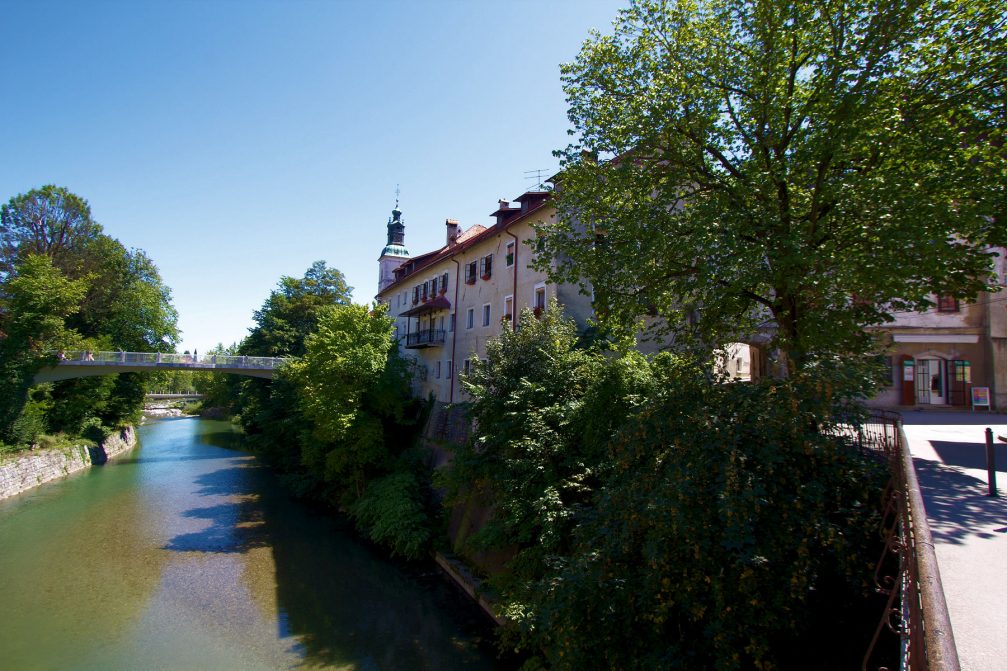
Skofja Loka’s history has always been closely connected with the Selska Sora and Poljanska Sora rivers and the various bridges over them. Image by Ramón / CC BY-SA 2.0

Most of the town wall in Skofja Loka is still well preserved. There were 5 gates leading through the town wall each of them protected by guarding tower. Image by Ramón / CC BY-SA 2.0
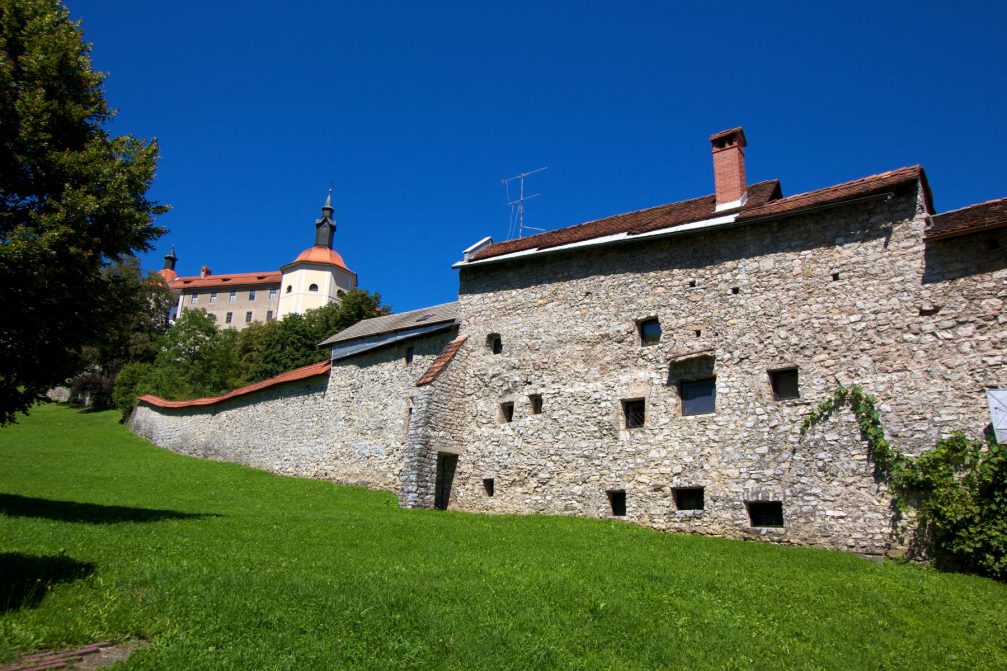
Skofja Loka’s most important sight is the Loka Castle, overlooking the town from a grassy hill west of the historic town centre. Image by Ramón / CC BY-SA 2.0
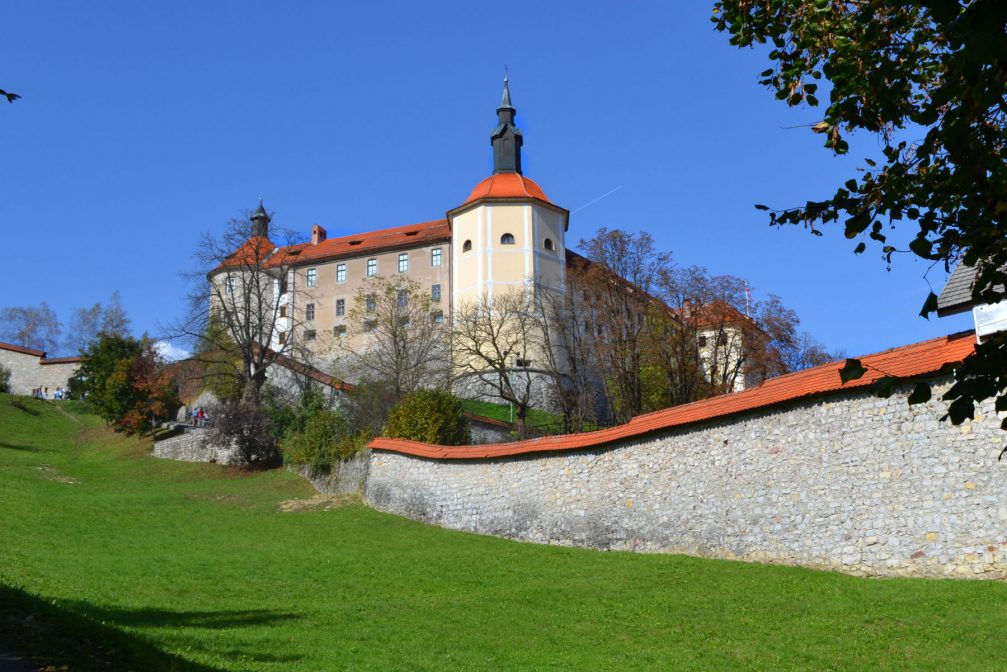
Parts of the Loka Castle were built as early as the beginning of the 13th century, with additions of residential quarters being added in the 14th century. The castle suffered major damage during the 1511 and 1691 earthquakes and has been renovated several times since. Image by Lordlazar98 / CC BY-SA 4.0
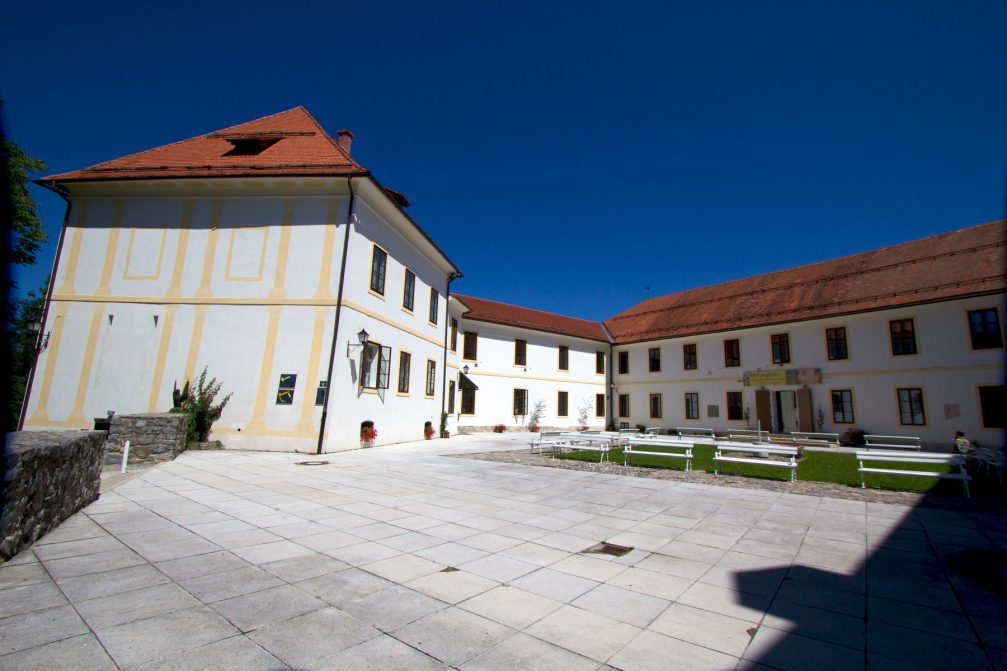
Today the castle houses the Loka Museum, which boasts a fantastic ethnographic collection spread over many galleries on two floors. Image by Ramón / CC BY-SA 2.0
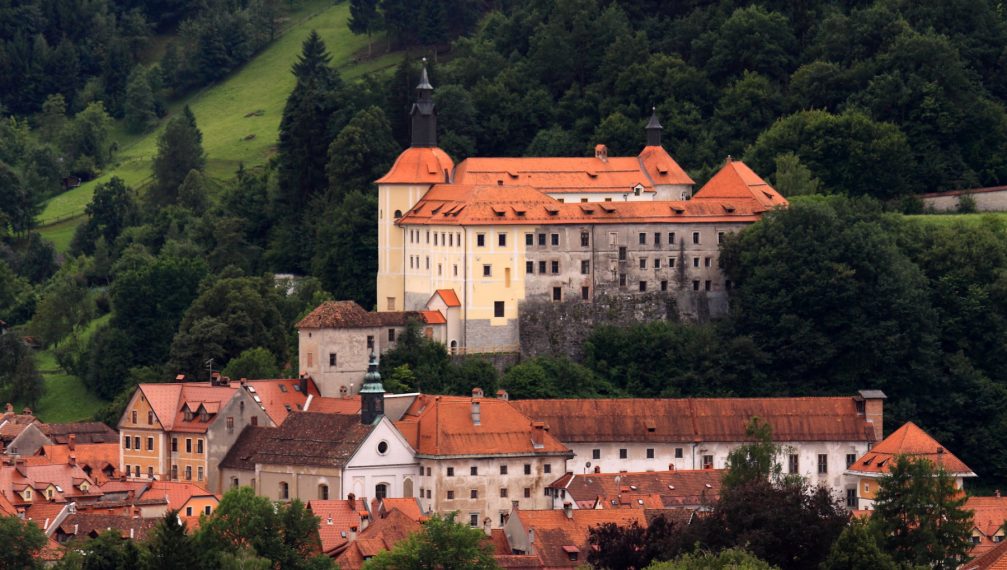
Throughout history, Skofja Loka experienced many tragedies: attacks, fires, earthquakes, and plague. The most dreadful earthquake happened in 1511 which badly damaged the town, but since then the old core didn’t change much. Image by Tomaž Demšar / CC BY-SA 3.0

A panoramic view of Skofja Loka from the 414-metre-high Kamnitnik Hill north of the town. Image by Urbe / CC BY-SA 3.0
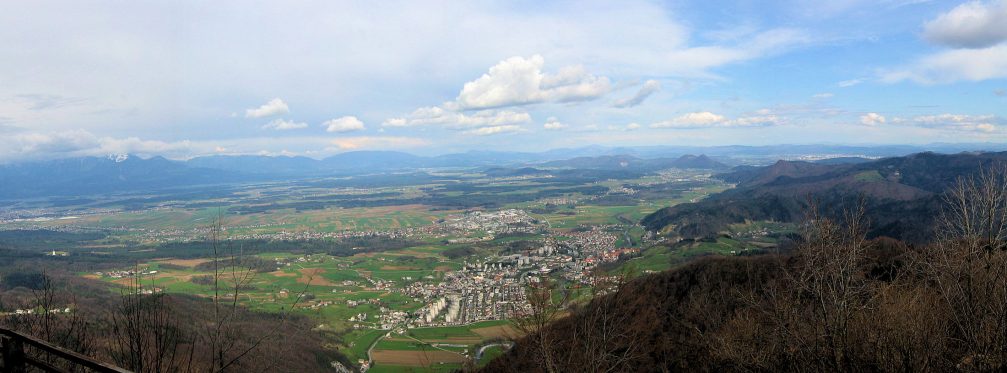
A panoramic view of Skofja Loka from the 1,025-metre-high Lubnik Mountain west of the town. Image by ModriDirkac / CC BY-SA 3.0
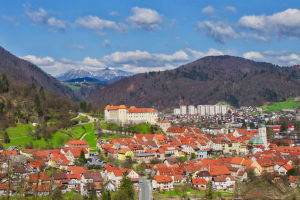 Skofja Loka is one of the oldest and prettiest towns in Slovenia with a history that goes back to the 10th century. It has about 12,000 inhabitants. The town lies at the confluence of the Poljanska Sora and Selska Sora rivers in northwestern Slovenia and oozes charm thanks to its lovely medieval core with the hill-topping castle, historic buildings, decorated churches, beautiful bridges and interesting museums. |


